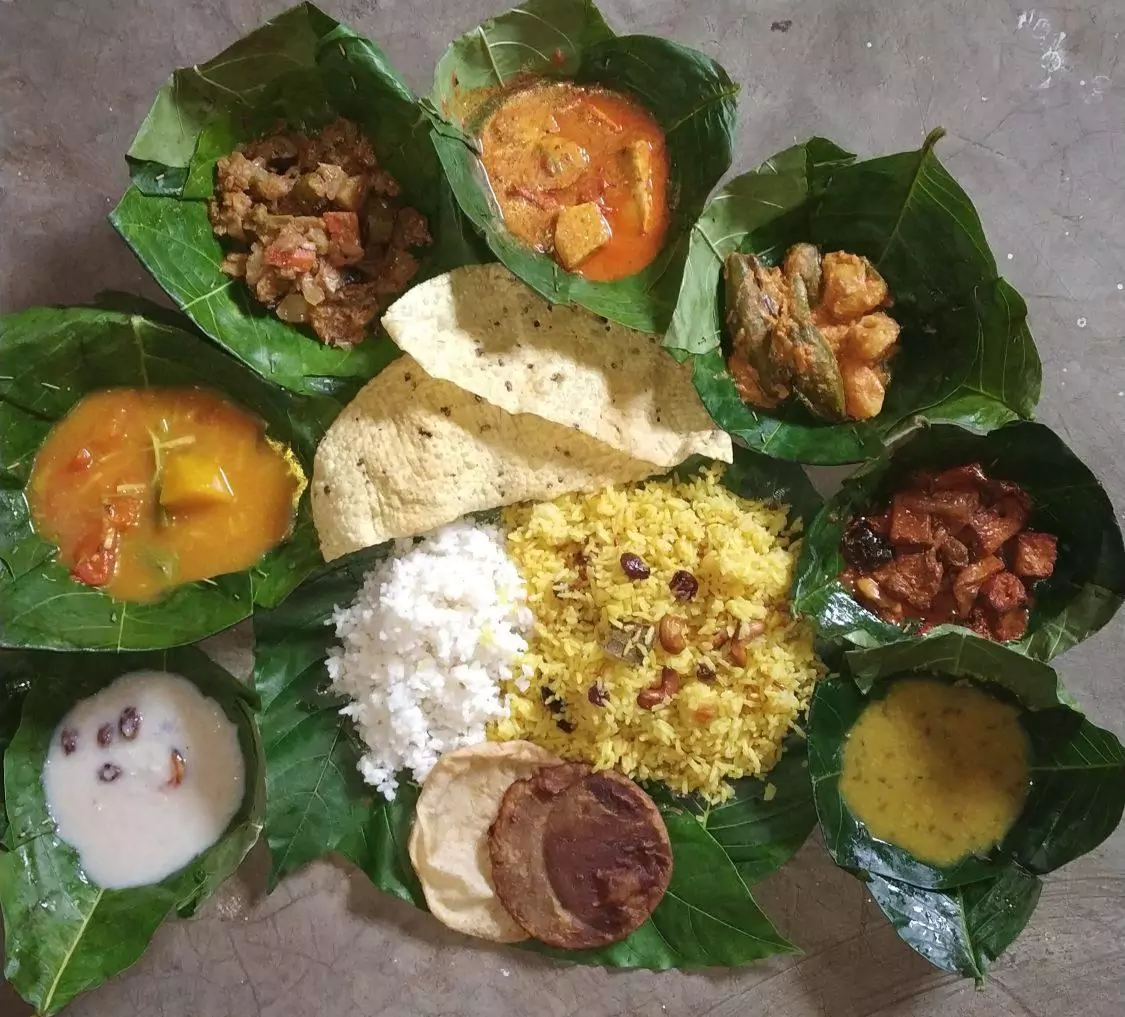
Nuakhai Juhar! Know Cultural Significance of the Agricultural Festival
Posted on September 5, 2024
Nuakhai is a significant agricultural festival celebrated with great fervour in the western part of Odisha, particularly by the people of the Sambalpur region. The term “Nuakhai” is derived from two words: “Nua” meaning new, and “Khai” meaning food, signifying the consumption of newly harvested crops. It is observed to welcome the new rice of the season and to seek blessings for prosperity. Though its roots are deeply tied to agrarian practices, Nuakhai has grown into a cultural and social celebration, representing unity and joy among families and communities.
Historical and Cultural Significance
Nuakhai is believed to have originated in ancient times as an agricultural festival to appease the gods and thank them for a bountiful harvest. This tradition dates back centuries, and its exact origins remain uncertain. However, it is closely linked to the agrarian lifestyle, which dominates much of rural Odisha, where farming is the primary source of livelihood.
It is said that the festival was introduced by the rulers of the Chauhan dynasty in western Odisha, specifically to ensure the well-being of the farmers and to encourage them in their agricultural activities. The festival has since been passed down through generations and continues to be an integral part of life in the region, particularly in districts like Sambalpur, Balangir, Bargarh, Sundargarh, Kalahandi, and others.
When is Nuakhai Celebrated?
Nuakhai typically falls in August or September, depending on the lunar calendar. However, the exact date of Nuakhai is determined through astrological calculations, and various sub-regions of western Odisha celebrate the festival on slightly different days. The celebrations start the day before the main festival, with preparations and rituals commencing in every household.
Rituals and Traditions
Nuakhai is primarily a harvest festival, and its rituals are centred around the new crop of rice. The festival involves several important traditions, including:
Nuakhai Juhar: This is the primary ritual where the newly harvested rice is offered to the local deity, often presided over by the village headman or priest. The offering of this new rice symbolizes gratitude to the gods for a good harvest and a prayer for prosperity in the coming year.
Family Gatherings and Feasting: After the rice is offered to the deity, the head of each family performs a similar ritual at home, offering the new rice to the ancestors and then to the other members of the family. This is followed by a grand family feast where various traditional dishes are prepared using the new rice. It is a time for families to come together, reinforcing the bonds of kinship and community.
Social Visits: On the day of Nuakhai, people exchange greetings and visit the homes of relatives and neighbours. The exchange of “Nuakhai Juhar,” a respectful greeting, is an important social aspect of the festival. Elders bless the younger ones, and mutual respect and harmony are emphasized.
Folk Music and Dance: Nuakhai is also a time for cultural expression. Folk songs and dances, particularly Sambalpuri folk dances like the “Rasarkeli” and “Dalkhai,” are performed during the festivities. These performances are deeply rooted in the traditions of the region and are a celebration of joy and community togetherness.
Preparation of Special Dishes: Various traditional and delicious dishes are prepared using the new rice. The dishes often include “Arisa Pitha,” “Manda Pitha,” “Kheeri” (sweet rice pudding), and other delicacies that are unique to this festival.
Nuakhai Bhetghat
Another important aspect of the Nuakhai celebration is the Nuakhai Bhetghat (meet and greet), which is an occasion where people from different walks of life come together to celebrate. Communities, organizations, and social groups host events, cultural programs, and feasts, fostering unity and brotherhood among the people. Nuakhai Bhetghat has gained popularity over the years, with large-scale gatherings organized in cities like Bhubaneswar, Rourkela, Sambalpur, and even outside Odisha, where the diaspora from western Odisha resides.
The Spirit of Nuakhai
Nuakhai is more than just a festival of new rice—it is a symbol of the collective spirit of the people of western Odisha. It emphasizes the values of gratitude, respect for nature, family unity, and community bonding. In many ways, it reflects the agrarian lifestyle, where the rhythm of life is closely tied to the land and its produce.
For the farmers, Nuakhai is a time to rejoice after months of hard labour. It is also an occasion to thank the land and the deities for ensuring a good harvest. In urban areas, the festival retains its importance as a time for family reunions and cultural pride, with many people taking pride in their roots and traditions, even if they have moved away from rural life.
Modern-Day Celebrations
In recent years, the celebration of Nuakhai has gained wider recognition beyond western Odisha. Various cities in India and abroad with significant Odia populations now organize Nuakhai events to keep the traditions alive. In Bhubaneswar and other urban centres, Nuakhai has become a symbol of cultural identity for the people of western Odisha, with large-scale celebrations that include cultural performances, community feasts, and the promotion of Sambalpuri culture.
Despite modern influences and changes in lifestyle, Nuakhai continues to hold deep significance for the people of Odisha. It serves as a reminder of the connection between humanity and nature, emphasizing the importance of agriculture, culture, and community.
Conclusion
Nuakhai is more than just a harvest festival—it’s a cultural and social event that brings people together. Rooted in agricultural traditions, it symbolizes gratitude for nature’s bounty and fosters a sense of unity, joy, and cultural pride among the people of western Odisha.
Categories: Useful Information

